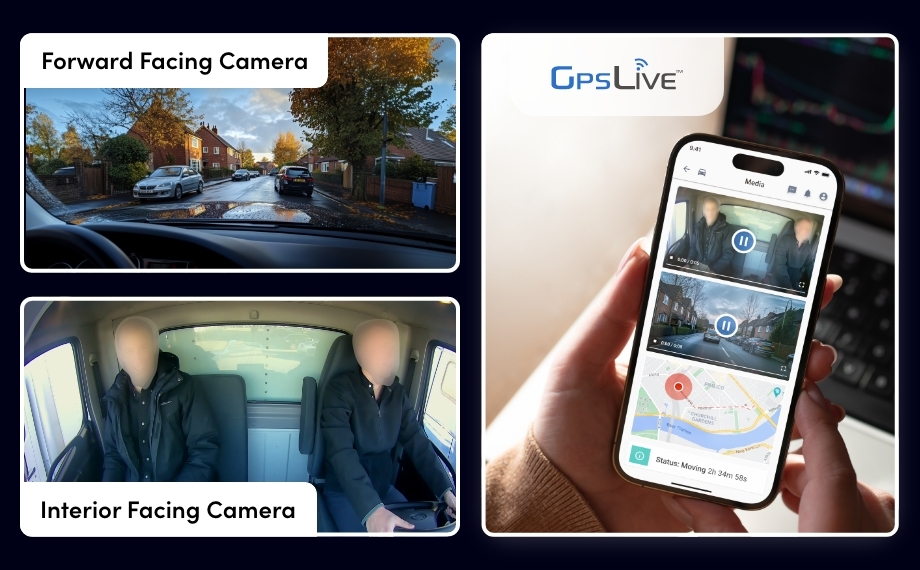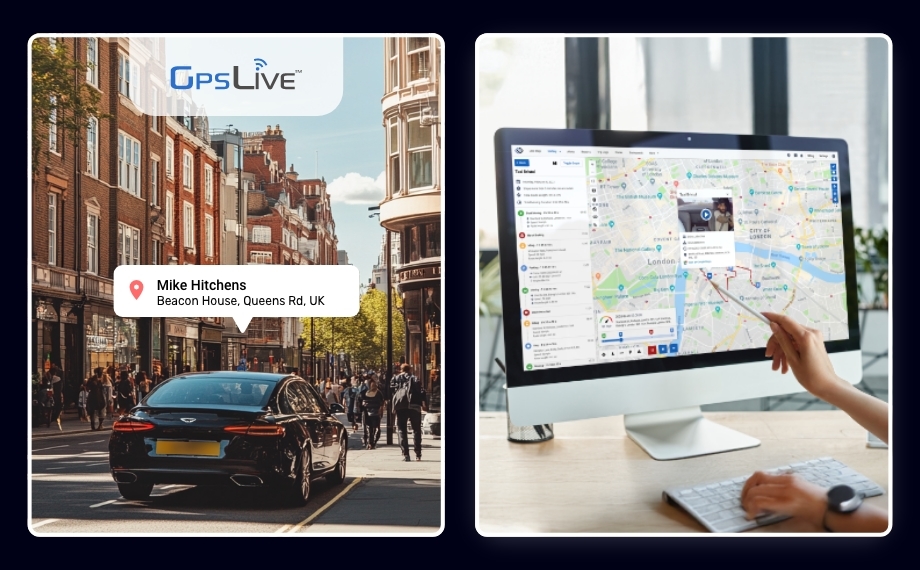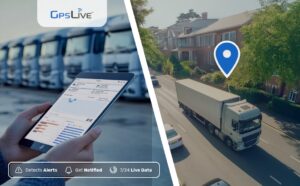Technology is advancing rapidly, and dash cameras have become essential devices that fleet businesses use. Even personal car owners install dash cameras to foster utmost safety. Dash cams are small cameras mounted onto the vehicle’s windshield that record audio and video footage, offering additional security. They provide unbiased evidence of any event, such as an accident.
Standard dash cameras record on the road activities, but with dual-facing dash cameras, you can see what’s happening inside the vehicle. Fleet admins can monitor drivers’ habits and validate driving actions by viewing the footage and making quick decisions.
The growing number of accidents and increasing awareness around safety are making dash cameras more critical than ever. In fact, the UK government aims to maximise the use of dash cameras to reduce accidents and enhance overall road safety. The global dash camera market was valued at US $0.40 billion in 2023 and is expected to grow to US $1.93 billion by 2030.
Nevertheless, many fleet owners are unsure about the type of dash camera they should buy. Indeed, different types of dash cameras are available in the market, and choosing the right one can be daunting.
How to Choose the Best Dash Camera?
Choosing the right dash camera depends entirely on your needs or business goals. A standard dash camera is sufficient if you want to buy a personal car. But, if you want to buy for your fleet business, a dual-facing dash camera best serves your needs. Not to forget dash cameras offer several features and not just video footage.

Here’s a rundown of the top features of a dash camera to choose the best one.
HD Video Quality
It is not worth investing in a dash camera if the video quality is poor. Hence, HD video footage is a must-have! Fleet owners invest in a dash camera to save time, but poor quality can make them spend more time evaluating the footage. The best dash cameras offer at least an HD 1080P resolution, whereas the inward lens should offer HD 720P.
High-quality video footage can help you catch finer details like the licence plate or street number, which can be useful in solving an accident investigation. Additionally, consider other aspects like wide-angle view and low-light capabilities to capture videos at night or in darker environments.
Internet and Storage Capabilities
When dash cameras were launched, all video recordings were stored on a local memory card with limited storage space. They would loop data by replacing old data with new footage. Limited storage was a challenge as you might lose vital data that can be required after a few years.
Now, 4G connected dash cameras solve this problem by storing all data in the cloud. Further, you can retrieve custom footage from a specific date and time for up to 7 days. It eliminates the need to store multiple SD cards–fleet managers can view any footage anytime through a mobile app or web portal, eliminating fabrication or loss of data.
Location Tracking
Fleet owners use vehicle tracking systems to gain more visibility into fleet operations. So, many fleet owners are uncomfortable installing a dash camera as it leads to multiple devices in a vehicle. But 4G connected dash cameras have an integrated GPS chip that provides functionalities similar to a GPS tracker.
They can track the vehicle’s location in real-time and enjoy other benefits of a dash camera. For example, when evaluating the cause of an accident, fleet admins can check the footage with location details or send help immediately to the accident site.
Impact and Incident Detection
The built-in g-sensor in a dash camera can help fleet admins monitor drivers’ driving behaviour in real-time. So, in case of excessive speeding or hard braking, the dash camera instantly notifies necessary authorities through email, push notifications, or SMS.
Additionally, AI algorithms can detect an impact or incident during the trip and send alerts quickly. The built-in AI, g-sensor, and accelerometer work together and deliver the highest protection and safety. Fleet managers no longer have to constantly monitor vehicles as the dash camera can provide insights about everything happening on the road and behind the wheels.
Some dash cameras even offer a Live Stream feature to view the footage in real-time during an impact or incident detection.
Parking Mode
Parking mode lets the dash camera record when the vehicle is not running or parked. When the car stops, the dash camera goes into sleep mode and stops recording. But it will start recording once it detects an impact or motion.
For example, thieves try to steal the vehicle in the parking lot when drivers are not around. Dash cameras detect the impact of a break-in and start recording automatically. Fleet admins can learn what happened and how thieves try to steal the vehicle, even disclosing their identities if unmasked. Likewise, it notifies admins and drivers about an impact in real-time.
AI Powered Behaviour Detection
Modern dash cameras leverage artificial intelligence to analyze driving patterns and detect risky behaviors such as distracted driving, drowsiness, tailgating, or mobile phone usage. These advanced AI-powered systems provide real-time alerts to fleet managers and drivers, helping to mitigate potential accidents before they happen. By continuously monitoring driver behavior and providing corrective feedback, AI-enhanced dash cameras play a crucial role in improving road safety, reducing liability, and ensuring compliance with company policies and road regulations.
Summing Up
Besides the above features, choose a dash camera service provider that provides reliable services. A reliable service provider ensures a quality product and highest customer satisfaction. Some dashcam providers charge extra to access specific cutting-edge features. Lastly, make sure to check the laws before deploying one and ensure data privacy compliance.


